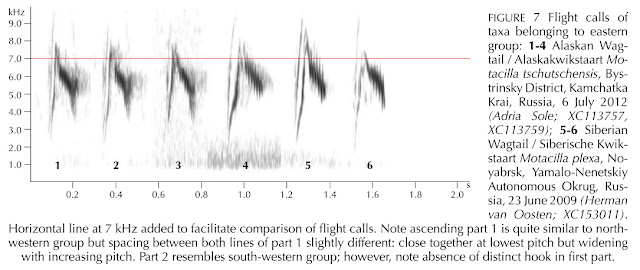It has come as a pleasant surprise to discover that West Bay can hold a small flock of feeding gulls in certain conditions. So when Pete Forrest found a Little Gull with Kittiwakes at the west end of the prom this morning I was moderately hopeful of seeing it, despite being out of circulation until late afternoon. It was nearly 4pm by the time I arrived, but a few Kitts were still present...

|
|
Lingering gulls - a sight to gladden the heart. |
Back in November the West Bay Sabine's Gull that Tom Brereton found in the morning was good enough to wait for me, and Pete's Little Gull was equally well-mannered...

|
| Today's lovely adult Little Gull, my 9th of the autumn/winter period, but first for 2023. I did struggle to get a reasonable photo, and in this one it was only just in the frame. |
Little Gull is one of those species that you can almost expect to see locally each year, but not quite. Great to have it in the Patchwork Challenge bag nice and early.
A couple of days ago I stumbled across a 2014 Dutch Birding paper on Eastern Yellow Wagtail identification. You can find it HERE. Especially useful is a section on vocalisations, including sonograms of calls of a whole range of Yellow Wagtail taxa. Discovering this paper encouraged me to revisit my recordings of the Colyford Common EYW candidate. Here they all are, collected together on one image. Please note the point re the pair of 'rising' lines on the left-hand side (or first part) of each call...
I have tried my best to render the above sonograms to the same proportionate horizontal and vertical scale as those in the Dutch Birding paper, which are set out below. Hopefully Dutch Birding (and/or the authors) won't be too upset at my copy & paste antics...

|
|
The 'north-western' Yellow Wags. Note how the two rising lines
start wide apart and get closer together as the pitch increases. |

|
|
EYW (tchutschensis and plexa). The two left-hand lines start close together and widen as they
rise. |

|
|
M. f. beema - similar to 'north-western' type. |
The paper also covers 'south-western' Yellow Wags (cinereocapilla and feldegg) and two other eastern types (macronyx and taivana) plus Citrine Wagtail. I have no idea whether that 2014 paper has been superceded by new knowledge*, but based on what it says I would hesitate to claim that the calls I have so far recorded are clear evidence of the Coly Common bird being an Eastern Yellow Wagtail. It might well be, but on some of those calls it is pretty obvious that the rising pair of lines start wide apart and get closer together as the pitch increases. So, exactly what those 16 vocalisations tell us I do not know.
I really hope there is some helpful DNA in that poo!
It is also worth noting that hind claw length is a red herring. The paper makes it clear that there is too much overlap for this feature to be useful. Worth a read.
All good fun...
*Update - Just been sent a link to a more recent (2021) Dutch Birding paper on Eastern Yellow Wagtail ID by the good folks at Rare Bird Alert (find it HERE). Not sure if it will necessitate a complete revision of the above, but watch this space...


Hopefully Gav, the Coly Common bird will turn out to be an Eastern Yellow Wagtail. The detail involved in identification of this specimen is challenging to say the least. Fingers crossed.
ReplyDeleteI hope so too, Ric. But whatever it turns out to be (assuming the ID is actually confirmed one way or the other) it is one of those birds which keep things interesting. I always learn something in cases like this.
Delete